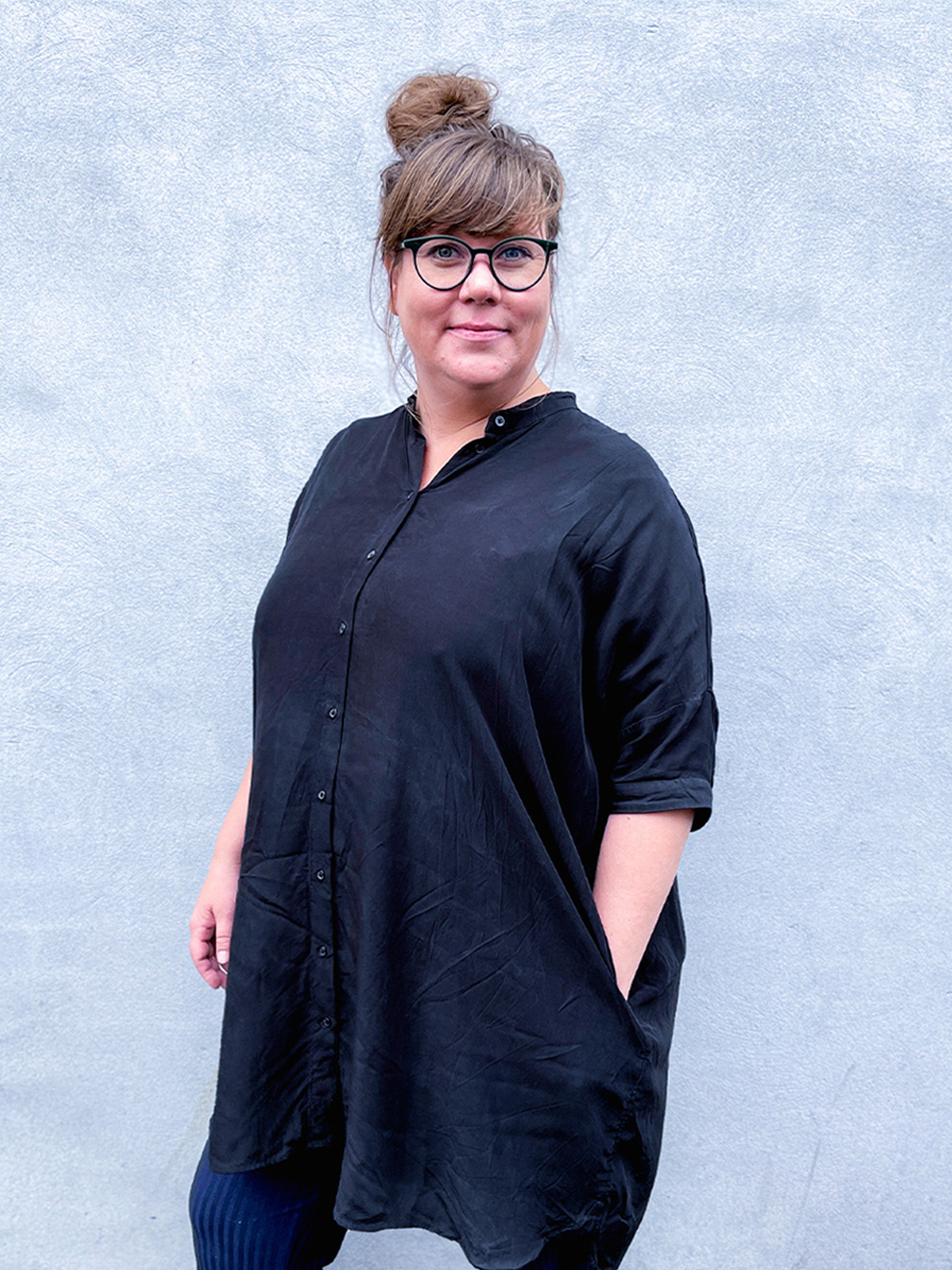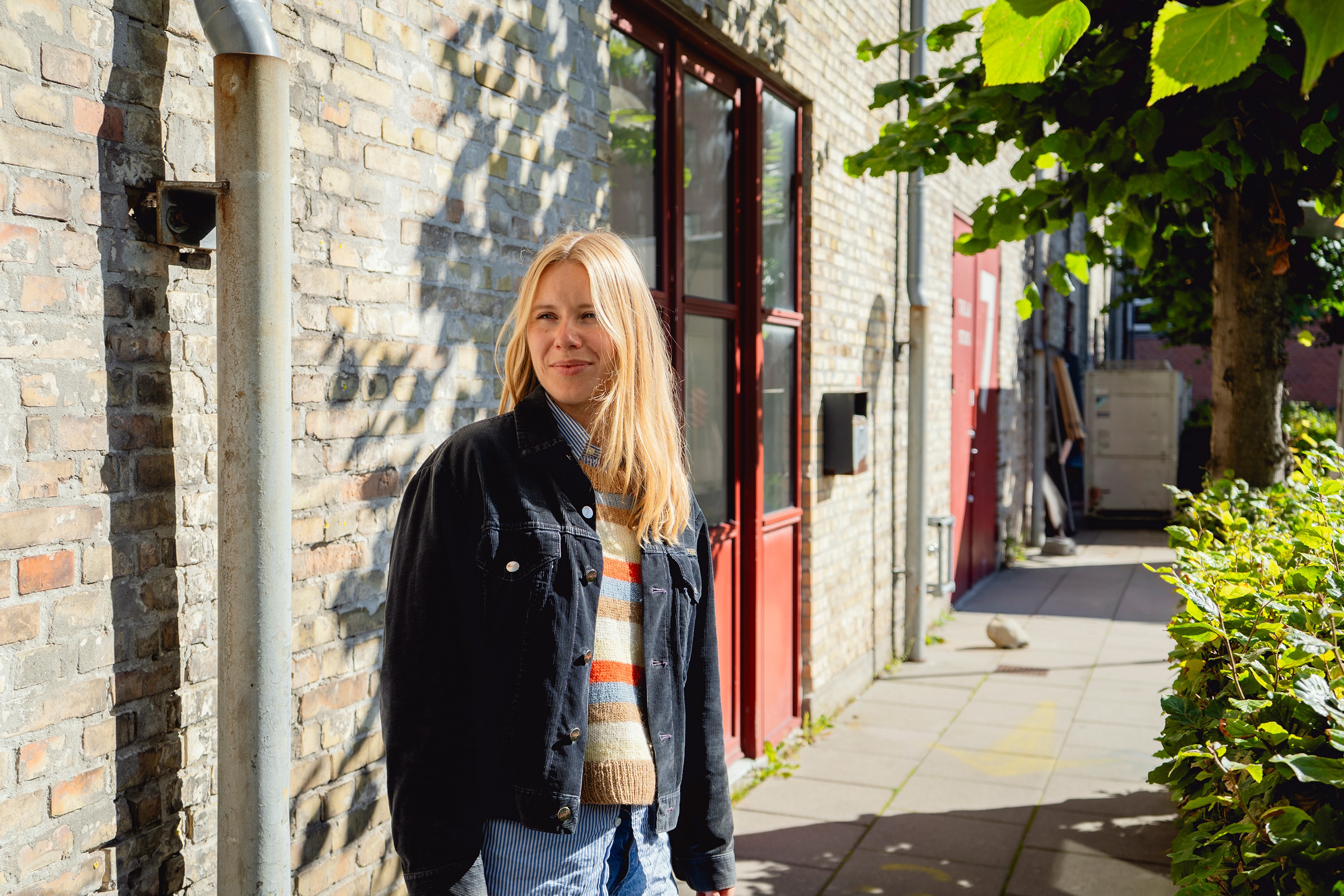Insight
Designing homes that last
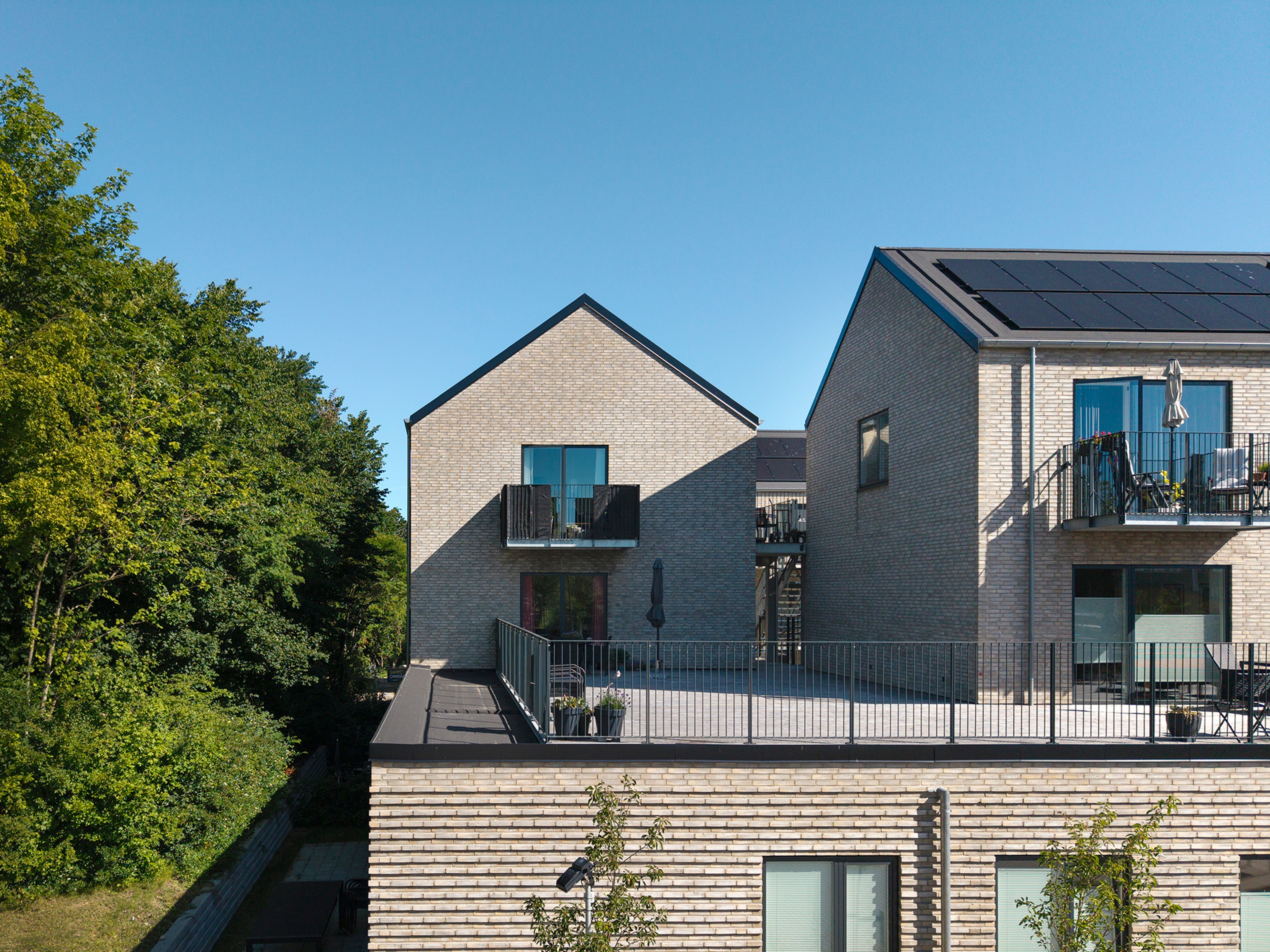
Sustainable housing isn’t just a design preference – it’s a necessity. Residential buildings are among the biggest contributors to our personal climate footprint. As living spaces grow larger and households get smaller, we must rethink how we design and develop homes to be more resource-conscious, socially connected, and adaptable for the future.
Here are five key focus areas to consider when aiming to deliver truly responsible housing.
Start with the people who will live there
- Define the target demographic early – families, singles, seniors, mixed generations –and design for their real, long-term needs.
- Consider how residents will use shared and private spaces, and how housing can adapt as lives and households change.
- See housing not just as units, but as part of a community fabric that can foster well-being and social connection.
Build for longevity
- Design buildings to be beautiful and durable enough that people will want to preserve them for decades.
- Ensure structures can be adapted to different uses – for example, with generous ceiling heights or flexible layouts that allow a building to shift from residential to commercial use.
- Think beyond minimum standards – what will still feel relevant, comfortable, and desirable in 50 or 100 years?
Choose materials with a future
- Prioritize low carbon, recycled, and responsibly sourced materials.
- Remember that the largest CO₂ impact often comes from raw material production – using less is often more impactful.
- Design for easy maintenance and repair rather than full replacement, extending the building’s life cycle.
Right-size the space
- Resist the pressure to build ever-larger dwellings.
- Compact, well-designed homes use fewer resources, cost less to run, and leave space for shared amenities that add quality of life.
- Co-living models and shared facilities – such as gardens, hobby spaces, or communal kitchens – can make smaller private homes feel richer and more connected.
Take responsibility for the bigger picture
- Acknowledge that every housing project is part of solving (or worsening) wider societal challenges: urban density, climate change, and social isolation.
- Create places that attract people and encourage them to engage with neighbors and the local area.
- Build with biodiversity, healthy indoor climates, and low-complexity systems that avoid unnecessary technology where simpler solutions will do.
Responsible housing means designing for both human and planetary health – using resources wisely, building for change, and creating homes and communities that people value enough to care for over time.
Related projects
Keep exploring
Copenhagen, Denmark
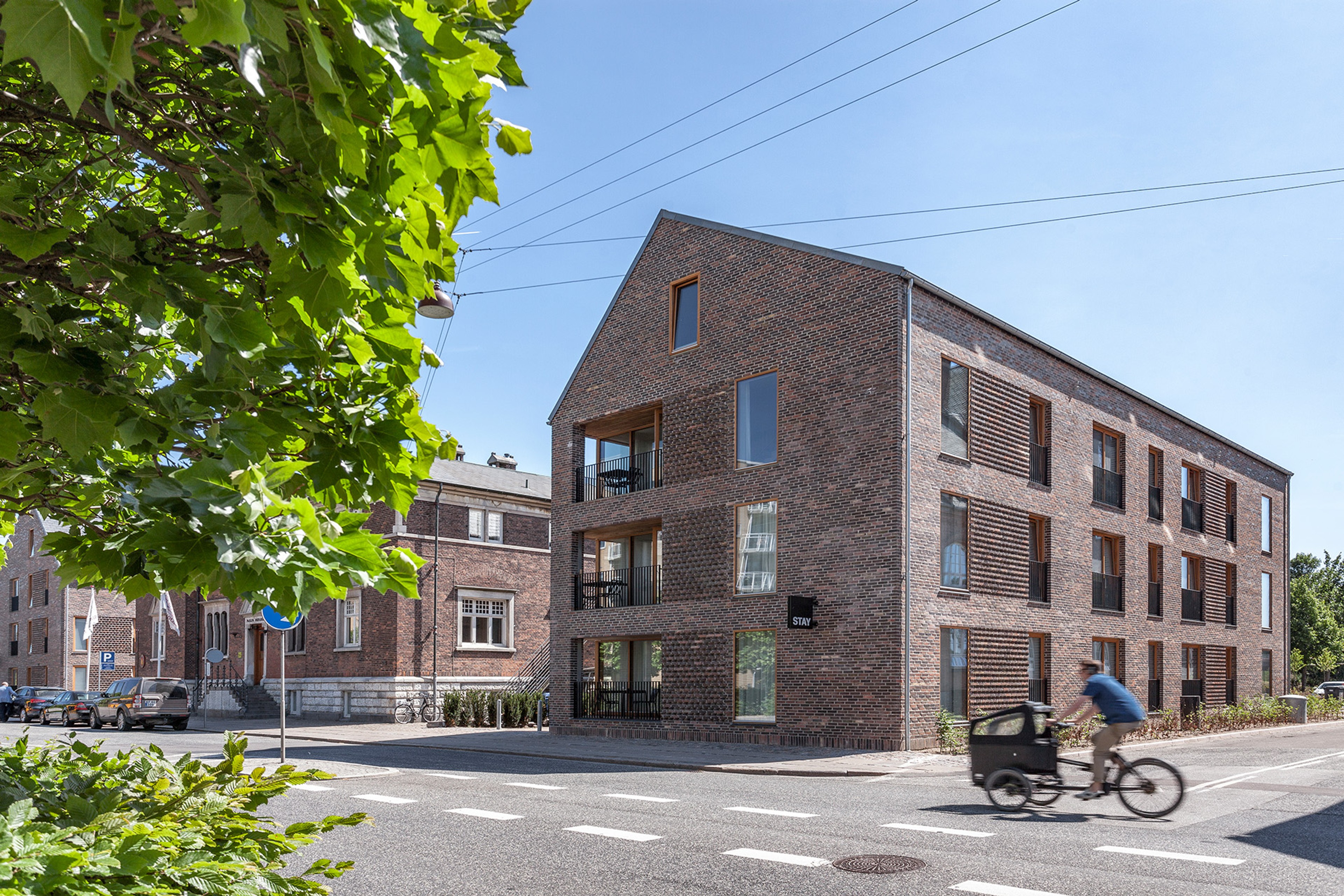
Residential area respecting its urban context
Kastelshusene
Roskilde, Denmark
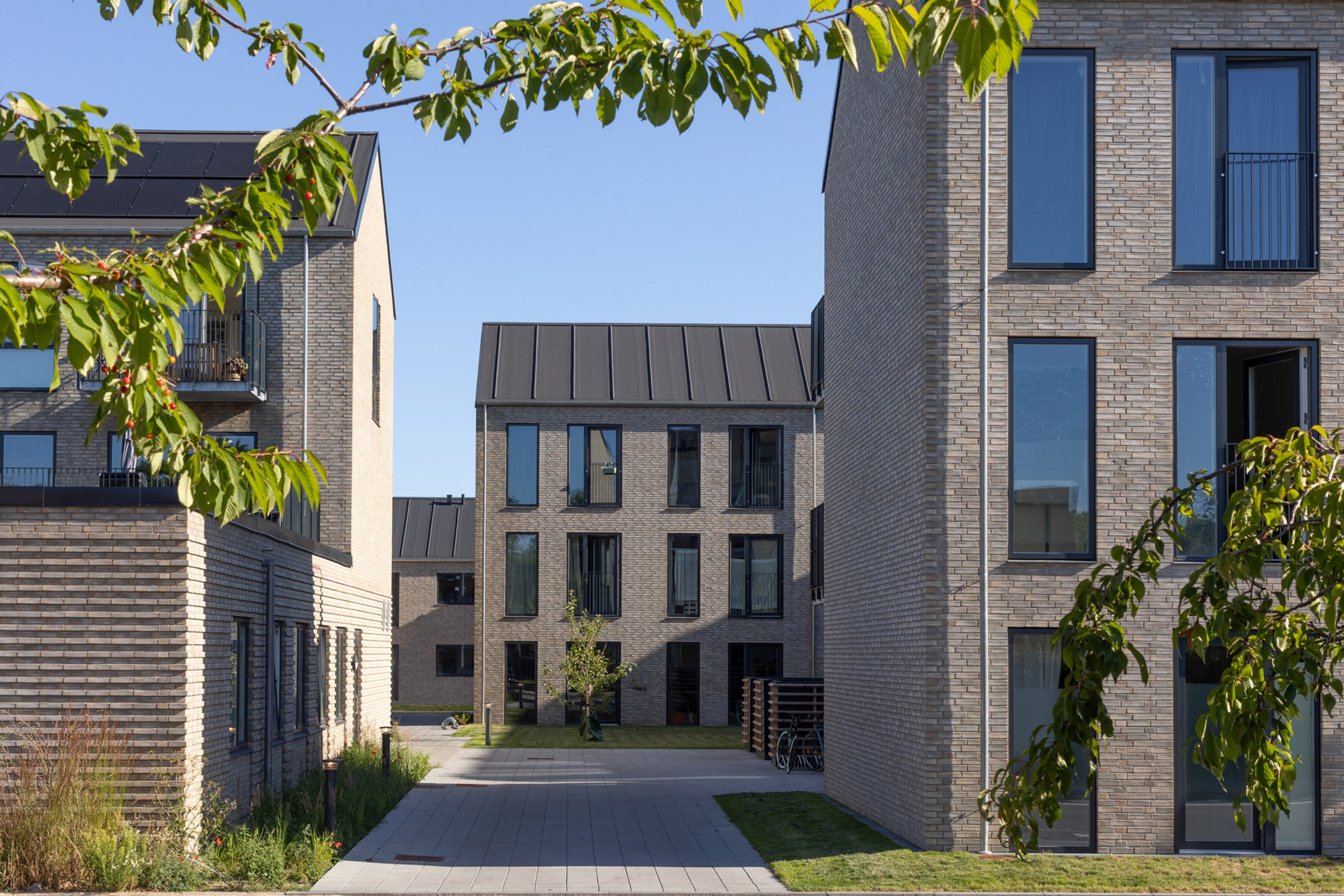
Creating a coherent and inclusive neighborhood
Dommervænget
Copenhagen, Denmark

Blending heritage with modern living
Strandlodsvej


